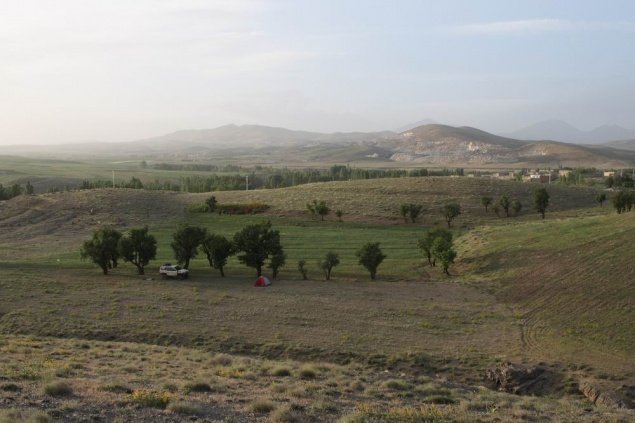|
|
Life In Iran
|
The rules and ethics emanating from Zoroaster's teachings were strictly followed by the Achaemenids who introduced and adopted policies based on human rights, equality and banning of slavery. Zoroastrianism spread unimposed during the time of the Achaemenids and through contacts with the exiled Jewish people in Babylon freed by Cyrus, Zoroastrian concepts further propagated and influenced the Abrahamic religions. The Golden Age of Athens marked by Aristotle, Plato and Socrates also came about during the Achaemenid period while their contacts with Persia and the Near East abounded. The peace, tranquility, security and prosperity that were afforded to the people of the Near East and Southeast Europe proved to be a rare historical occurrence, an unparalleled period where commerce prospered and the standard of living for all people of the region improved.
In 334 BC, Alexander the Great invaded the Achaemenid Empire, defeating the last Achaemenid Emperor Darius III at the Battle of Issus in 333 BC. He left the annexed territory in 328–327. In each of the former Achaemenid territories he installed his own officers as caretakers, which led to friction and ultimately to the partitioning of the former empire after Alexander's death, and the subsequent formation of the Seleucid Empire.
The Parthian Empire (238 BC–226 AD), led by the Arsacid Dynasty, was the third Iranian kingdom to dominate the Iranian plateau, after defeating the Greek Seleucid Empire, beginning in the late 3rd century BC, and intermittently controlled Mesopotamia between ca. 150 BC and 224 AD. This was the third native dynasty of ancient Iran and lasted five centuries. After the conquests of Media, Assyria, Babylonia and Elam, the Parthians had to organize their empire. The former elites of these countries were Greek, and the new rulers had to adapt to their customs if they wanted their rule to last. As a result, the cities retained their ancient rights and civil administrations remained more or less undisturbed.
Parthia was the arch-enemy of the Roman Empire in the east, limiting Rome's expansion beyond Cappadocia (central Anatolia). By using a heavily armed and armoured cataphract cavalry, and lightly armed but highly mobile mounted archers, the Parthians "held their own against Rome for almost 300 years". Rome's acclaimed general Mark Antony led a disastrous campaign against the Parthians in 36 BC, in which he lost 32,000 men. By the time of Roman emperor Augustus, Rome and Parthia were settling some of their differences through diplomacy. By this time, Parthia had acquired an assortment of golden eagles, the cherished standards of Rome's legions, captured from Mark Antony, and Crassus, who was defeated by General Surena in the Battle of Carrhae in 53 BC.
|
|









